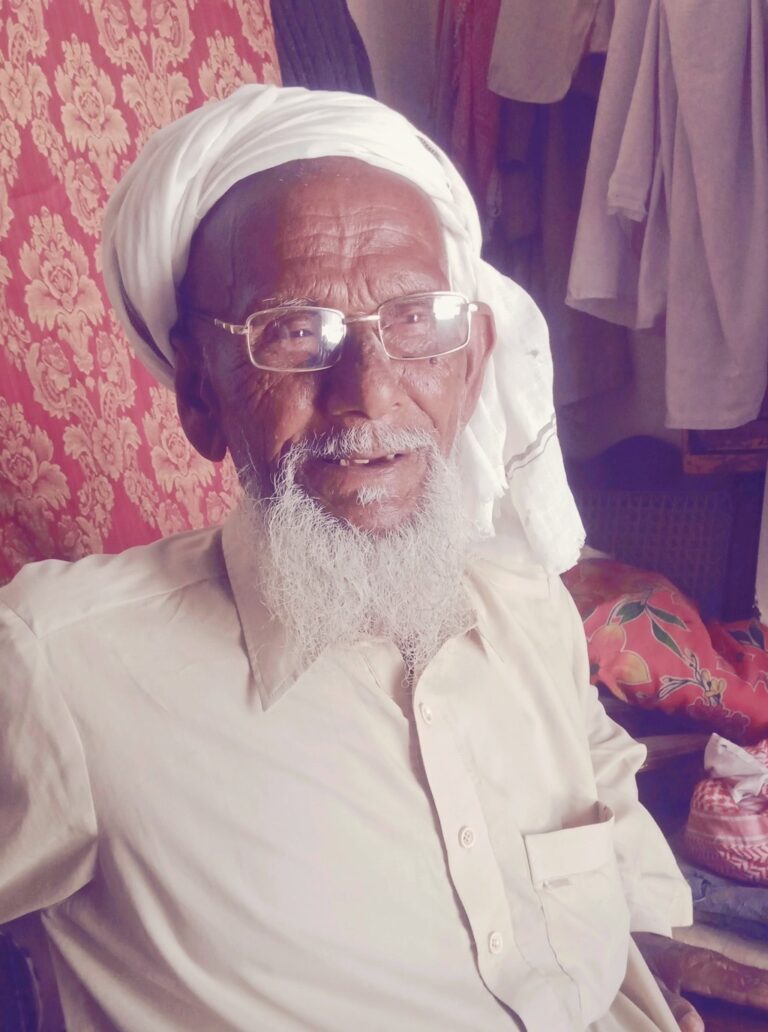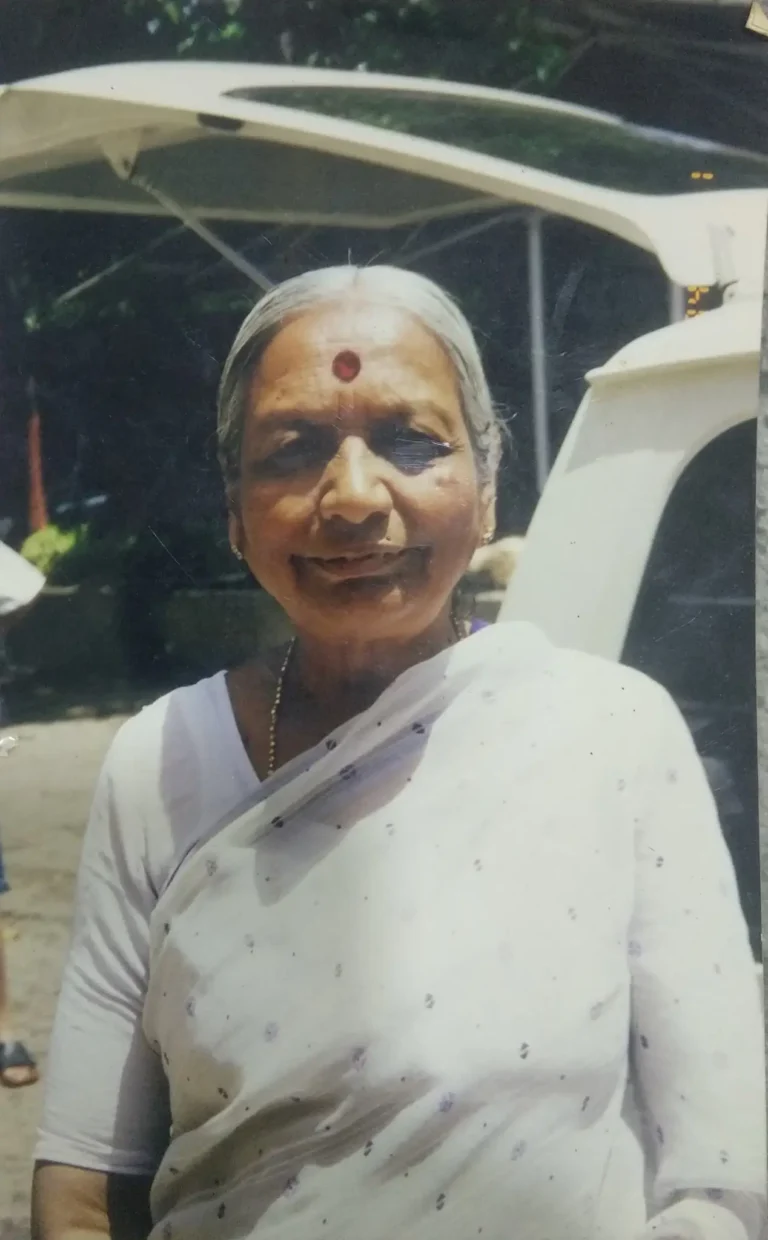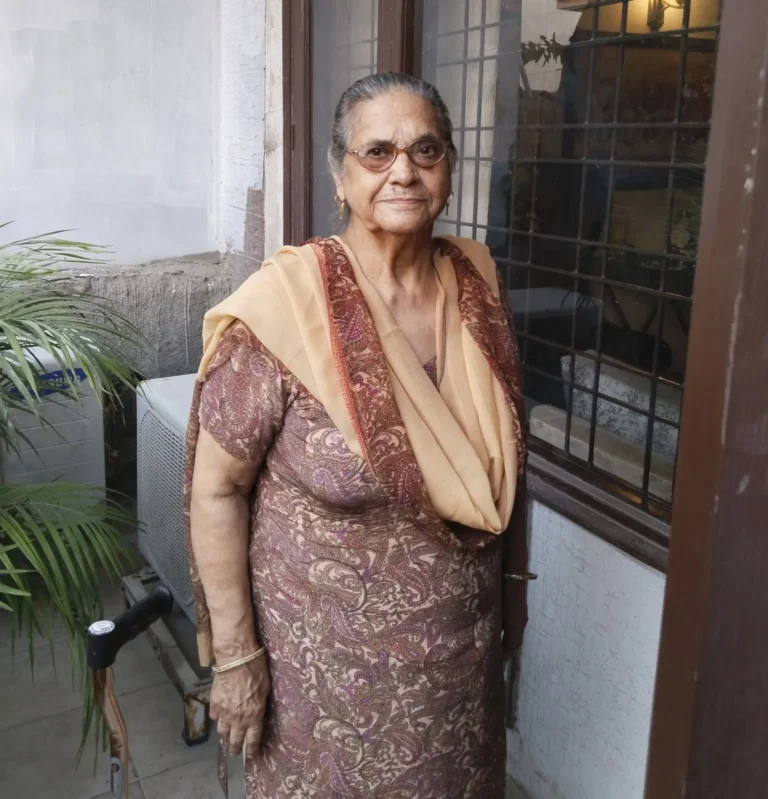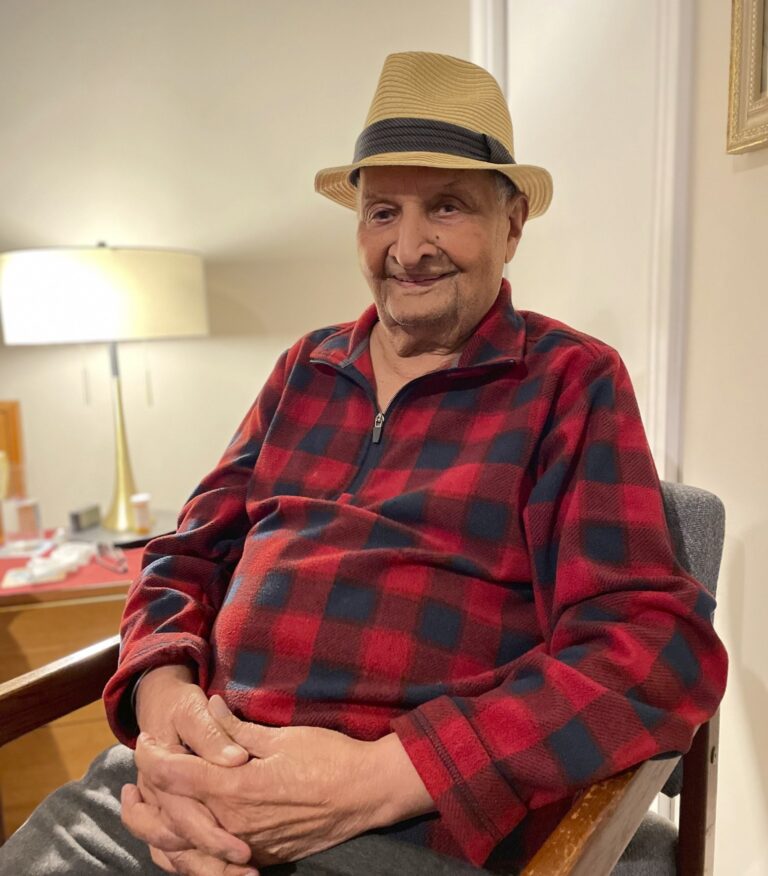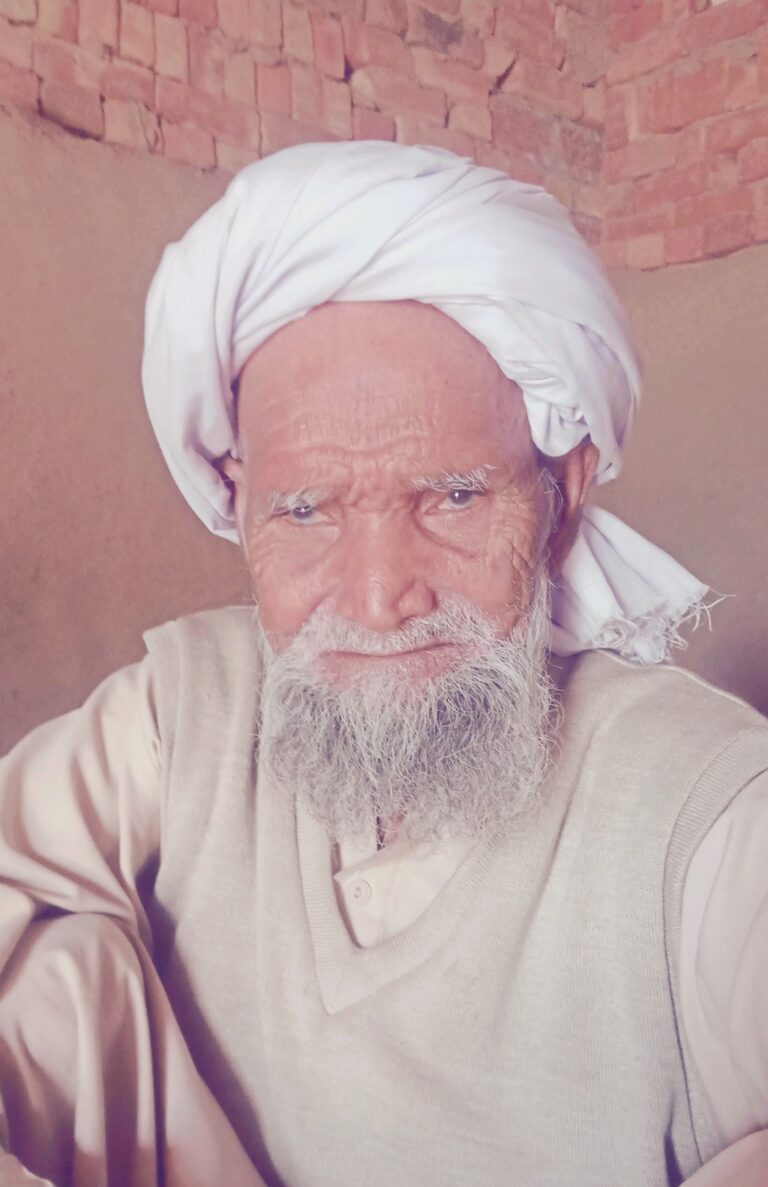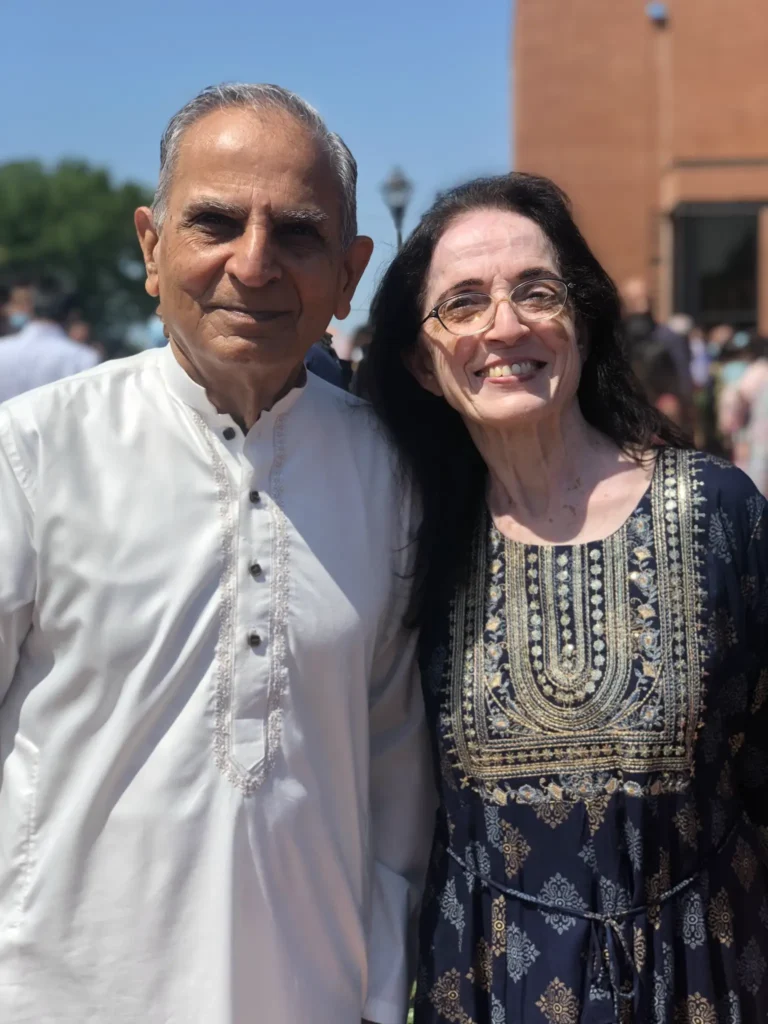Story:
I was born in the town of Gouripur in Mymensingh District in 1920. Gouripur has an important place in the history of Bengal. At the time of Nawab Siraj ud-Daulah’s reign, the Gouripur Estate was placed under Raja Krishna Rai Choudhury’s jagirdari (feudal land grant). Sri Krishna Rai had two sons, of which the younger one did not have a child of his own. On the other hand, Nawab Siraj ud-Daulah’s only son was from his marriage to Aliya – the Nawab’s senapati (court clerk) Mohan Lal’s sister. Nawab Siraj ud-Daulah’s only son was thus not accepted by his predecessor, Nawab Alivardi Khan. At the time of the Battle of Plassey, sensing that Nawab Siraj ud-Daulah’s son probably wouldn’t survive, Mohan Lal (the child’s uncle) escaped from the battlefield along with the child and came to Sri Krishna Rai Choudhury in Gouripur. Mohan Lal was also the Bhabani Pathak or the chief leader of the Sanyasi rebellion of 1770-77, in which monks and migrating ascetics violently clashed with the new British rulers whose tax collection activities endangered the monks’ own alms collection in Bengal. Mohan Lal requested Sri Krishna Rai Choudhury to adopt the kid. As Krishna Rai’s younger son was childless, he adopted the child who became a part of the Choudhury family as Jugal Kishore Rai Choudhury. Jugal Kishore came to lead a Hindu life. It is this lineage of Nawab Siraj ud-Daulah that I can trace my ancestors to.
My great grandfather was a feudal lord in Barisal, whereas my grandfather was at a post comparable to that of Peshwas in the Maharashtra region. I was given the post of ‘Sadar Naib’ of the Gauripur Estate. I remember the magnificent and austere palace we had at Gauripur, along with several other sprawling palace mansions in Calcutta (now Kolkata), Kalimpong, and Benares (now Varanasi). After my grandfather, my father continued in his same post. There was also a bagaanbadi (garden house) and a zoo around the beautiful palace. Both the zoo and the botanical gardens were seized by the government at the time of the Partition.
I was the eldest among four brothers. I passed my matriculation from Rajendra Kishore High School and went on to study at Ananda Mohan College in Mymensingh. My family was revered and kept in high esteem in Gauripur. The Raja of the region had given my father charge to look over the area and the Bhashan (idol immersion) during Durga Pujas. The other children and I would ride on elephant backs and go see the Bhashan.
The Gouripur Estate was also popular among local citizens because of its philanthropic activities. A charitable dispensary ensured that all locals were treated free of cost. My family too received many benefits from the estate. We never had to pay for medical facilities, or for the services of the napith (barber), dhopa (laundry) etc. All the costs incurred by us for day-to-day activities were taken care of by the estate. Mymensingh was under the control of two rajas – of Gouripur and of Muktagacha. The fame of Gouripur Estate was such that when Madan Mohan Malviya came to Gouripur in search of donations for the proposed Hindu University, the initial capital was donated by the Gouripur Estate. Gouripur was also one of the three initial donors of what is now Jadavpur University at its inception as a National University by Sri Aurobindo Ghose. The initial capital to be invested for the creation of this university was Rs. 7.5 lakhs and the highest sum, that of Rs. 5 Lakhs, was donated by the Gouripur Estate.
From very early on, I was exposed to revolutionary activities and anti-British sentiments. Both of my grandfathers were involved in revolutionary activities. At the age of eight, in 1928, I was initiated into the freedom struggle by one of my uncles. In 1930, at the age of ten, I carried out my first task of escorting three revolutionaries from Gauripur to Ramgopalpur and was also introduced to the Mymensingh group. These revolutionaries had been travelling from Chittagong after having participated in the Chittagong Armoury Raid and were aiming to make their way all the way to Chandannagar with their plan to bombard Fort William. I was instructed to stay put at a point on the way with a white handkerchief tied to my left wrist. Instructions also mentioned the strict dialogue between the revolutionaries and me – if I was approached and asked if I had a matchbox, I was to reply that I had only sticks but not the box. This was carried out as instructed and began the walk to Ramgopalpur with me leading the way. I had also been strictly told that I was not supposed to ask any questions or initiate any kind of conversation apart from what I had been told. As indicated, I left them near the Kadam tree at dusk. Me, being a young boy of ten, and out of both curiosity and sympathy committed the mistake of asking the three men where they would stay. This news reached my leader at Gouripur. I was called and reprimanded with severe lashes on my hands for asking them questions. After the leader hit me, he also took care to put Vaseline on my hands.
In 1928, at the All India Congress session in Park Circus, Calcutta, all revolutionaries came together. It was this event that marked the coming together and unison of all the revolutionaries across India, leading to the creation of the Indian Republican Army. Young boys like myself were essentially made to do auxiliary services such as carrying secret letters/notes, gunpowder, and arms, and direct participation was barred as we were very young. We couldn’t say no, we had to find a way to manage school and revolutionary work together. Moreover, my mother was very sympathetic to the cause and encouraged me to participate. I remember at the time when the assault on Graham was being planned, I was made to carry arms and hand them over to somebody.
When I moved to Mymensingh for college at the age of sixteen, I had to take up a leadership role in the town. It was my responsibility to gather other elements and to further recruit, so as to strengthen our forces. It was in this midst that (please add a full stop at the end of the highlighted text in the highlight only, and not the main text) I got identified and interned by the British government under the Defence of India Act 1939 and suffered imprisonment for violation of order. The only way by which I managed to pass my final examination was by conversing and discussing about lectures with my co-prisoner, Sailen Lahiri. We both sat for the exam accompanied by armed guards. Unfortunately, Sailen failed while I passed. I completed my graduation from jail in 1942 and then went on to do my M.A. from Calcutta University.
After being released from jail, I received a note saying, “Shoro, noyto dhukte hobe” (Leave this place or you will be put in jail again). I got the hint and left the place immediately. From Gouripur I went to Rajshahi, where my parental home was. From Rajshahi, I came to Malda, where my maternal uncle lived. Giridih was next in line, where I joined Jai Prakash Narayan’s group.
Another incident happened during World War II when I was the leader. The task at hand was to capture the arms of the guards posted on the Brahmaputra bridge, in order to obtain and store arms. This task was carried out quite successfully by my associates. This was my first task as a leader, and while a few of my associates were arrested, they were released later on due to lack of evidence.
In 1945, I came to Calcutta and took up a job in a daily newspaper. The reason for my shift to Calcutta was because the talk of transfer of power had already started and communal terror had been unleashed in Gouripur as well. The stretch from Bengal to Chittagong saw rampant violence, riots, looting, and rape. In 1947, I worked in close association with Dr. Shyama Prasad Mukherjee and Meghnad Saha and was involved with them in the rehabilitation process. I served as the link man in different colonies.
Up to 1947, I worked with the daily newspaper and then took up a job as a teacher at Shyambazar High school. This year also marked the beginning of my association with Sri Aurobindo Ashram. The Sri Aurobindo Partho Mandir on 15, College Street in Calcutta was also started with finances from the Gouripur Estate. After serving in the school at Shyambazar from 1948-51, I worked as a teacher in Cossipore Institution; served as the sub-editor of Lok Sevak, a daily newspaper, which was started by Bengal’s first chief minister, Dr. Prafulla Ghosh; served as secretary to the editor, Barindra Kumar Ghosh of the daily Basumati.
After Partition, my entire family shifted to Calcutta and began living with me as I was the eldest son. I got married quite late, in the year 1954, as during the freedom struggle, recruitment was carried out under the strict oath that nobody would get married until freedom was attained. I have authored over 24 books up till now and have been writing for a journal for the last 40 years. I am mostly known for my poetry but write research books as well. I continue to write for various journals in both English and Bengali. While I believe in ‘party-less democracy,’ my heart lies with Netaji. In 1971, Rabindra Jayanti was celebrated at Tagore’s estate house at Shilaidaha. I was invited to it and I, along with 70 other attendants, visited Shilaidaha. That was the last time I went to Bangladesh, but the soft and sweet memories of my homeland are still alive.

